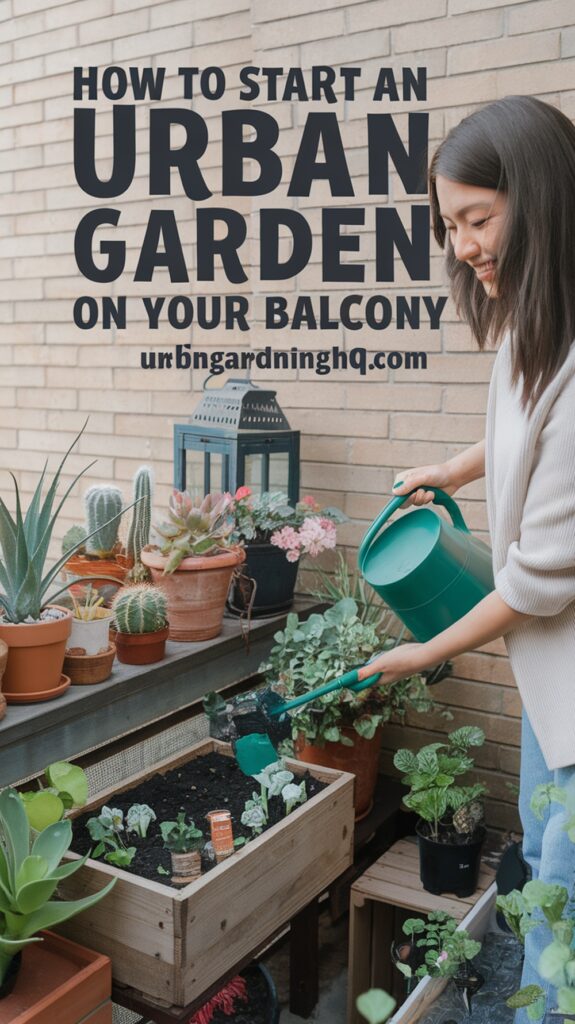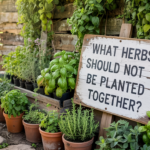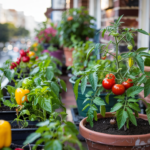When I first moved to the city, I worried that gardening would be out of the question. With no backyard and just a modest balcony, I thought I’d have to give up growing my own herbs and veggies. But I was wrong. Over time, I discovered that urban gardening is not only possible—it’s incredibly rewarding. Whether you have a tiny patio, a sunny balcony, or just a few window boxes, you can create your own green sanctuary. Here’s exactly how I started my balcony garden and how you can too.
Assessing the Space You Have

Before buying any pots or seeds, I spent some time studying my balcony. I paid attention to how much sunlight it got throughout the day and where the shadows fell. This helped me figure out what kind of plants I could realistically grow.
Understanding Your Light Conditions
Sunlight is a major factor. Most vegetables and herbs need at least 6 hours of sunlight a day. My balcony faced southeast, so I was in luck. If your space gets less light, you can still grow shade-tolerant plants like lettuce, spinach, mint, or parsley.
Measuring for Success
I also measured the dimensions of the space. Knowing how much floor and railing space I had helped me decide on container sizes and how many plants I could manage without overcrowding.
Choosing the Right Containers
One of the best parts of urban gardening is the flexibility with containers. I started with a mix of terracotta pots, fabric grow bags, and even repurposed wooden crates.
What to Look for in a Container
- Drainage is non-negotiable – Always choose pots with drainage holes or make your own.
- Size matters – Shallow containers work for greens and herbs, while deeper ones are needed for root vegetables like carrots or potatoes.
- Go vertical – I added a few shelves and a vertical garden system to maximize space without taking up too much room.
Hanging baskets, railing planters, and wall-mounted pots also helped me grow more without using up precious floor space.
Picking the Right Soil and Fertilizer
I can’t stress this enough: don’t skimp on soil. Your plants’ health starts with what they’re growing in.
My Go-To Soil Mix
I use a high-quality potting mix specifically designed for containers. It drains well, holds moisture, and is light enough for plant roots to breathe.
Feeding the Garden
Because nutrients in containers get depleted faster than in-ground gardens, I mix in organic compost or slow-release fertilizer. Every few weeks, I also supplement with liquid seaweed or fish emulsion to keep my plants thriving.
Deciding What to Grow
This was the fun part. I made a list of what I actually like to eat, then narrowed it down to plants that grow well in containers.
My First Urban Garden Favorites
- Herbs: Basil, parsley, thyme, mint, and chives
- Greens: Spinach, arugula, and lettuce
- Veggies: Cherry tomatoes, hot peppers, and bush beans
I avoided plants that need a lot of space to spread (like corn or pumpkins), at least in the beginning. Starting small helped me learn without getting overwhelmed.
Watering and Maintenance
One thing I quickly learned: container gardens dry out fast. In the summer, I water my plants once or twice a day, depending on the heat.
My Daily Routine
- Water regularly, especially in warm weather
- Check for pests like aphids or spider mites and treat with neem oil
- Prune and harvest often to encourage growth
- Rotate containers occasionally so all plants get balanced sunlight
Once I got into the rhythm, caring for my garden became a daily joy—my version of meditation before or after work.
Dealing with Urban Garden Challenges
City gardening comes with its quirks.
Handling Wind, Noise, and Pollution
Wind is stronger on balconies than in backyards. I used heavier pots and placed taller plants closer to the railing for support.
Noise and air pollution are also concerns. I wash my herbs thoroughly before eating and use plant covers on especially dusty days.
Making the Most of Limited Space
- Use tiered plant stands or vertical systems
- Grow compact or dwarf varieties
- Companion plant to save space and boost yields
Enjoying the Harvest
There’s nothing like snipping fresh herbs for dinner or picking a ripe tomato off the vine in the middle of a cityscape. Even the smallest balcony can yield enough food to make a noticeable difference in your meals.
My herb garden alone saved me countless grocery trips, and the taste was unmatched.
Final Thoughts
Starting an urban garden was one of the best decisions I’ve made. It gave me fresh food, a deeper connection to nature, and a peaceful retreat right outside my door.
If you’ve been thinking about starting your own balcony or patio garden, don’t wait. Start small, choose the right plants for your light and space, and enjoy the learning process. You don’t need acres of land—just a little sunlight, some soil, and a few containers.
Your urban oasis is closer than you think.


